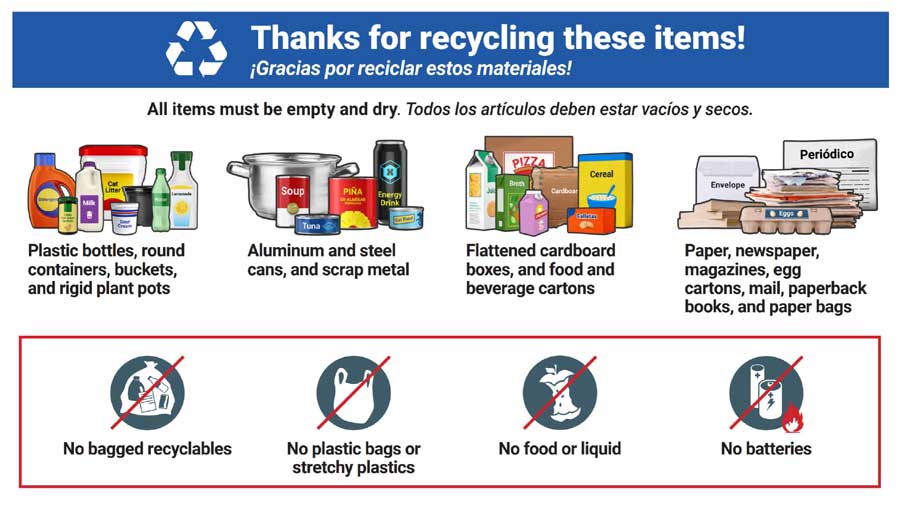Adrian Palmer: Kitchen manager of Sisters restaurant struggles to find housing she can afford
Published 4:40 am Sunday, January 30, 2022

- Adrian Palmer lives in the forest near Sisters.
Adrian Palmer hates the word homeless.
Until last Thanksgiving, the word had not entered her orbit — she and her three children were living in her boyfriend’s Redmond home.
That changed when her boyfriend, Buddy Blair, let the house go in a divorce settlement. Since Palmer works as the kitchen manager at the Sno Cap Drive In in Sisters, she and her boyfriend tried to find a rental they could afford there.
They couldn’t find one before they had to leave Redmond. That’s when the 38-year-old and her three kids — 19, 17 and 4 — had to come to terms with the word homeless.
Palmer, her three children and her boyfriend now live in a trailer in the woods outside of Sisters.
“It’s rough being out there,” Palmer said. “I can’t (afford to) live in the Sisters area, but that’s where I work, that’s where my kids go to school, that’s where my youngest goes to daycare.”
Palmer was born in Bend and has lived the majority of her life in Central Oregon. She has worked making the ice cream for the Sister’s icon for two and a half years, she said.
Palmer said she feels financially stable in her job, but still encounters barriers to finding housing. Palmer and her boyfriend each have poor credit that makes renting or buying a home difficult, she said.
And finding a three-bedroom rental for a family of five in the area on her budget, which she says is between $1,500 and $1,750 a month, seems impossible in the Sisters area.
“The pricing of rentals is freaking crazy,” she said.
The average rent, according to the housing site Zumper.com, is about $1,195 a month.
Rent in Sisters can vary wildly, from $800 to more than $2,200 a month, said Judy Trego, the executive director of Sisters Area Chamber of Commerce. The problem is there is very little actually for rent in Sisters, she said.
“I think realistically it’s more like $2,500 to rent a place in Sisters all the way up to over $3,000,” Trego said. “So yes, it’s been very difficult for families in the community to piece that together.”
Palmer also finds herself in a frustrating predicament: Not making enough money at her job to afford local rentals, but making too much to qualify for social service programs that are geared toward housing low-income families, she said.
“What do you call low income? What do you call regular income?” Palmer said. “Because even with both me and my boyfriend both having jobs, we can’t afford a $3,000 a month payment.”
One thing people who have not been homeless may not understand is how being homeless costs money, too, Palmer said. She still has to pay bills, like car payments, and other costs like propane for cooking and gas for the generator for their trailer, Palmer said.
“It’s not as easy as what some people would think it is,” she said.
Palmer said looking toward the future she hopes to fix up her bad credit in a bid to have a better shot at getting into housing, but for now, she feels stuck.
“I’d love to be able to have a two-income household with six figures,” she said. “But that’s not realistic in everyone’s circumstances.”










